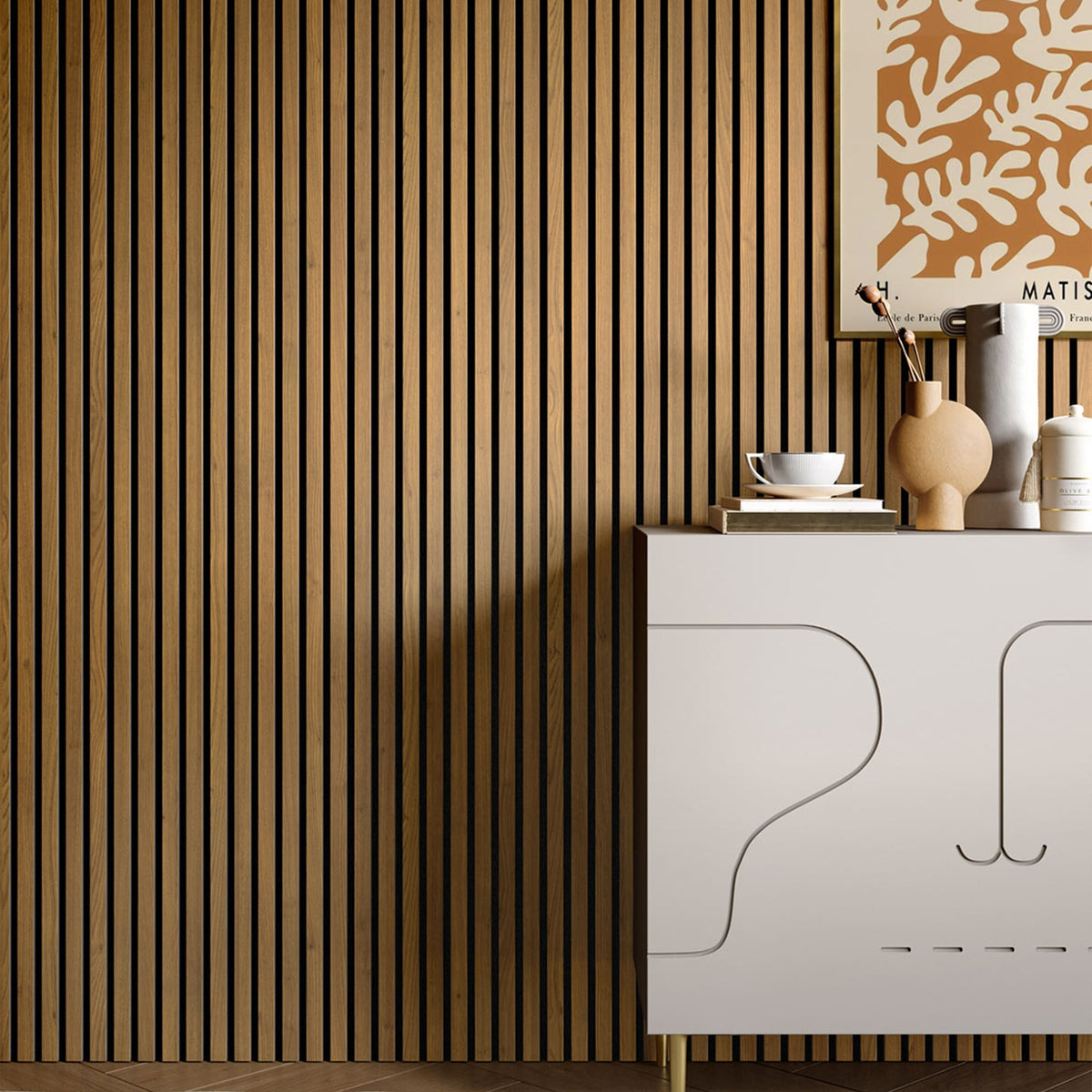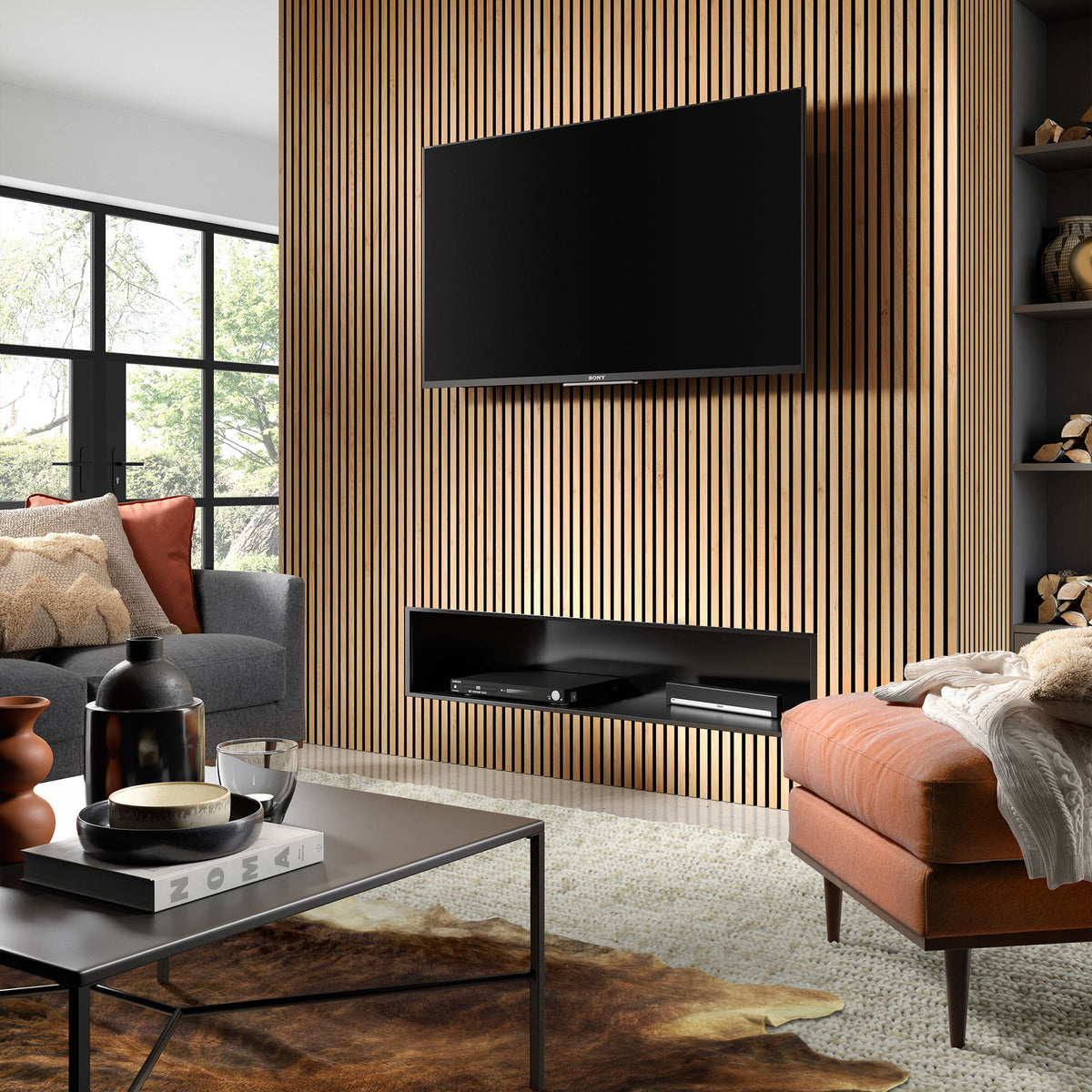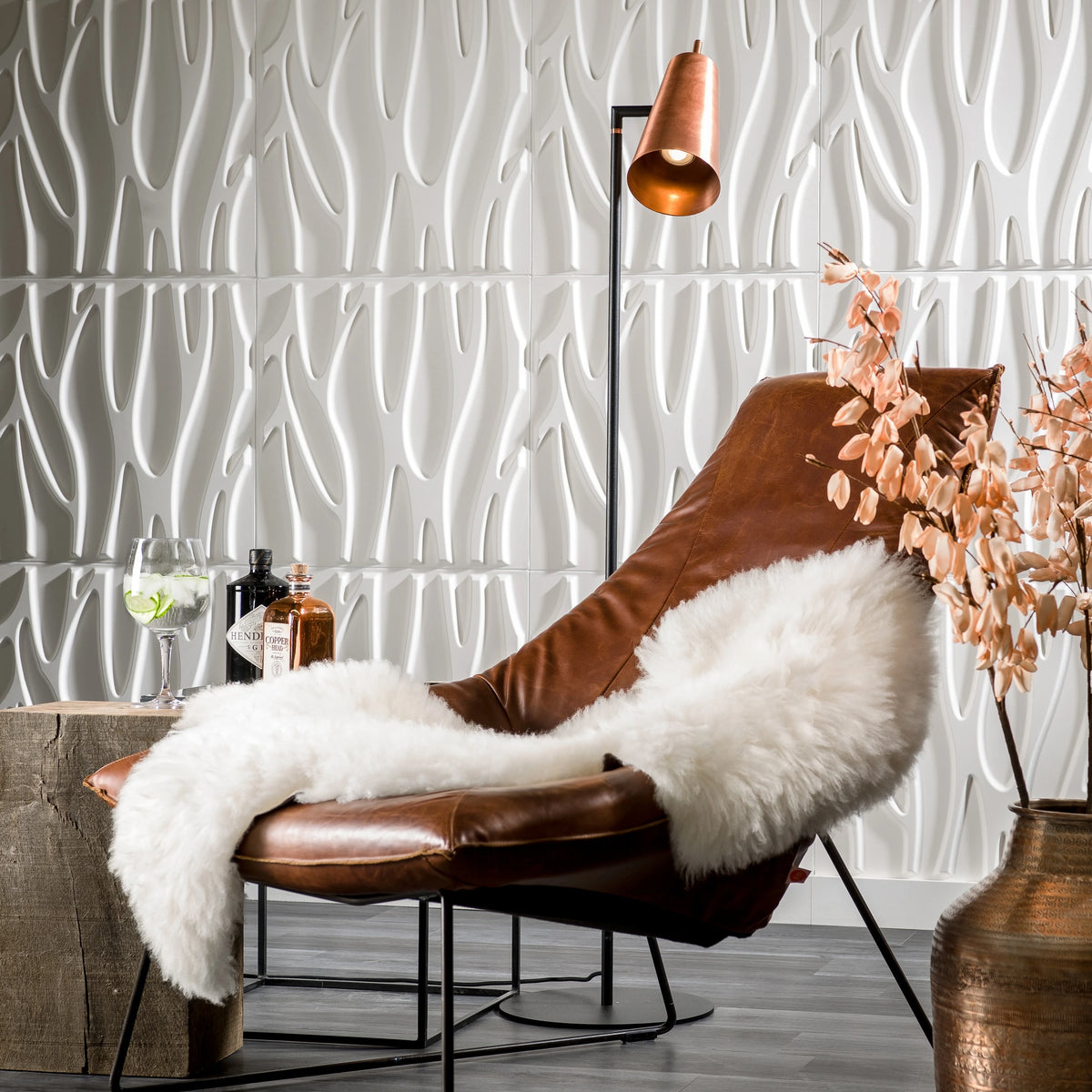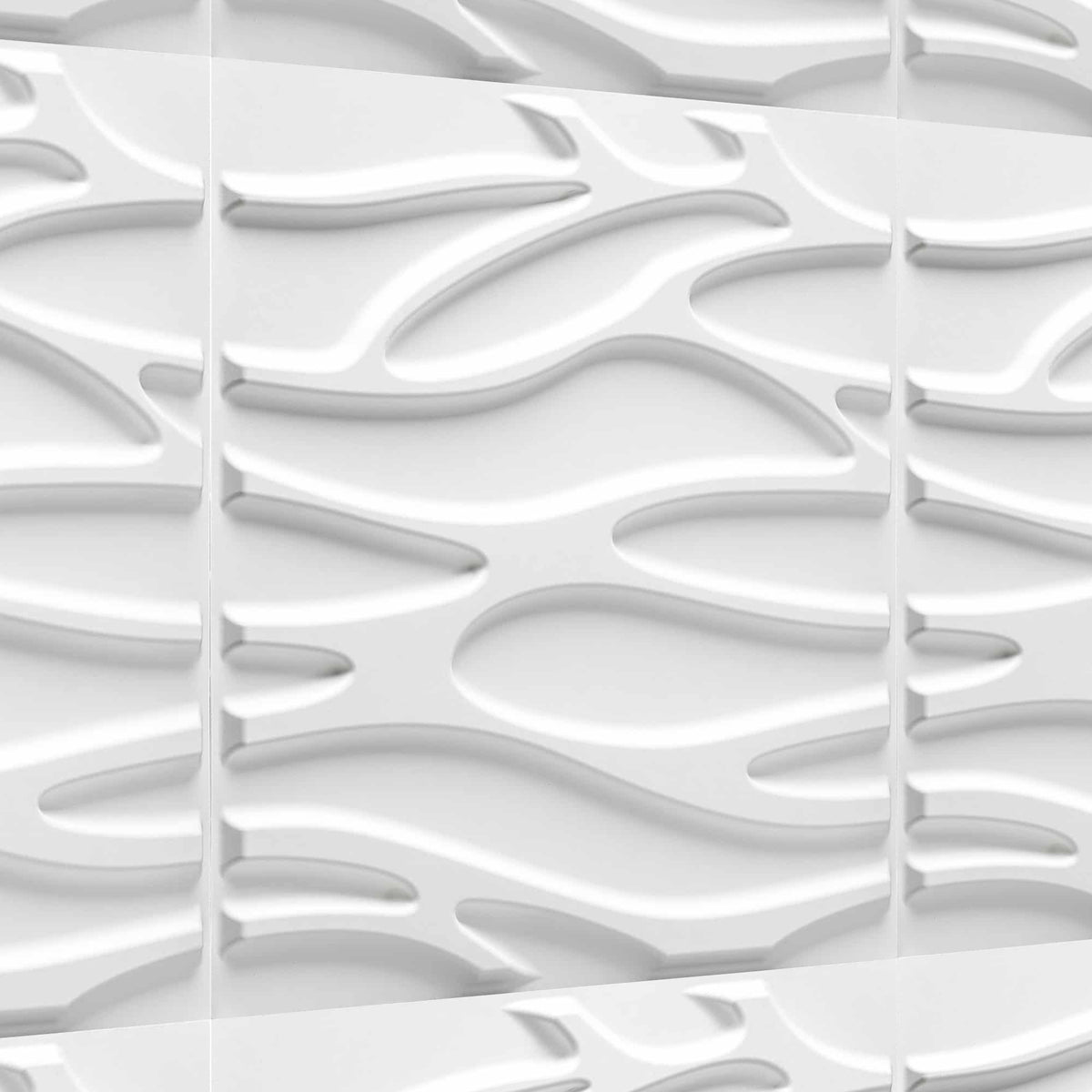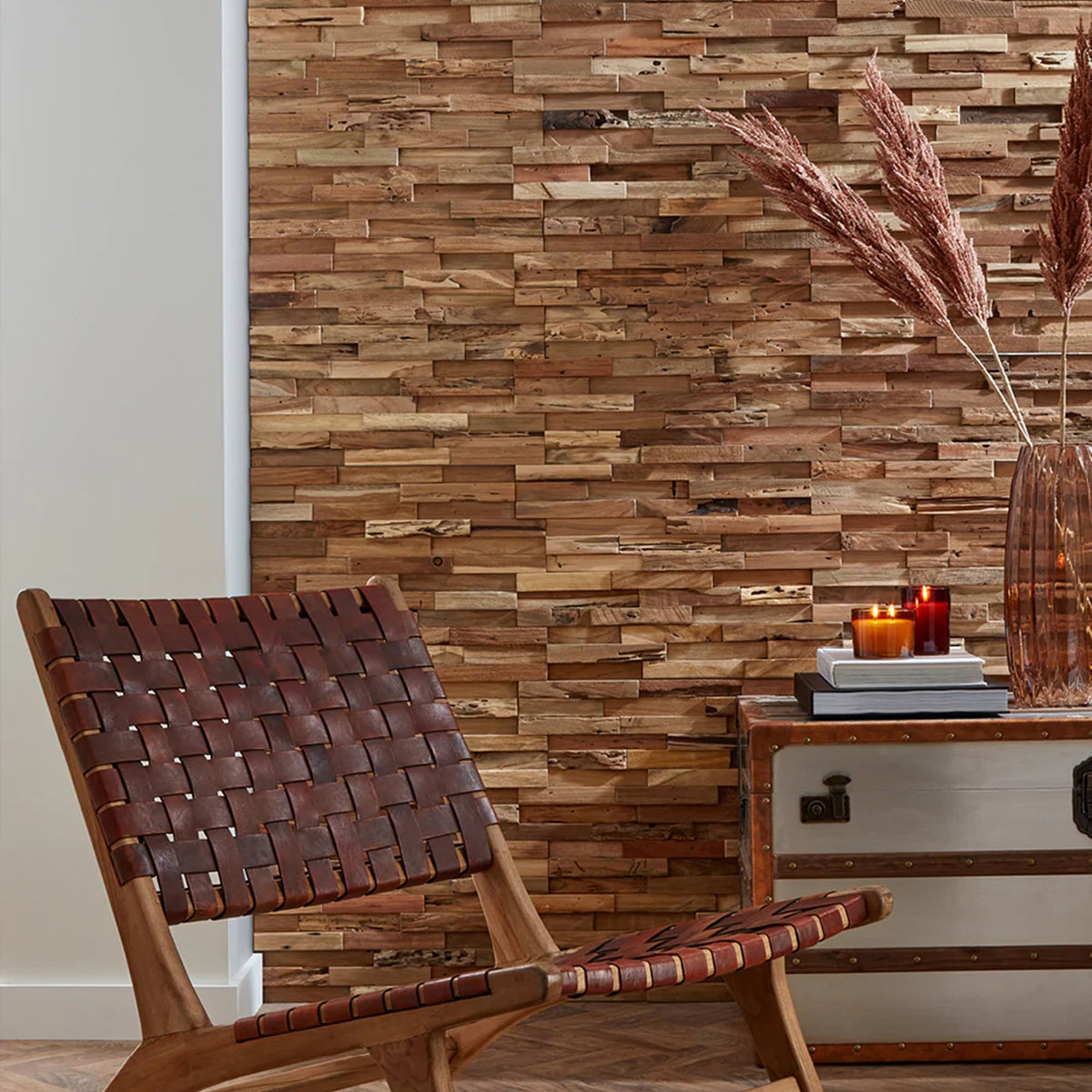Embarking on a journey into Scandinavian interior design opens the door to a world of minimalism, functionality, and understated elegance. Renowned for its simplicity and connection to nature, this design philosophy transforms homes into serene havens that blend beauty with practicality.
This guide serves as a primer for anyone curious about incorporating Scandinavian decor into their living space. It provides key insights into the foundational elements that make this style unique and offers practical advice for creating a Nordic-inspired home.
The appeal of Scandinavian design lies in its ability to create a sense of calm and order. It's not just about aesthetics; it's a lifestyle approach that emphasizes clean lines, natural materials, and a harmonious balance between form and function. As this guide delves into the essentials of Scandinavian interior design, it aims to equip beginners with the knowledge and inspiration needed to infuse their homes with this timeless style.
Functionality Meets Simplicity
At the heart of Scandinavian design is the principle that beauty and functionality should coexist seamlessly. In this design philosophy, every piece of furniture and decor is chosen for its practical utility as well as its aesthetic appeal.
This principle ensures that each item in a Scandinavian-style home serves a purpose, promoting a living space that is both organized and free of clutter.

This approach to design is characterized by a thoughtful reduction to essentials, creating an environment that exudes tranquility and space. It's not about stark minimalism, but rather about choosing elements that serve a functional purpose while also contributing to the overall aesthetic of the space. Clean lines and a focus on usability are central to this approach, making living spaces aesthetically pleasing and comfortable.
In Scandinavian interior design, there's a strong emphasis on creating environments that are conducive to relaxation and ease of living. This is reflected in the choice of furniture with simple, yet elegant lines, and decor that enhances the usability of the space. By prioritizing functionality and simplicity, Scandinavian design creates homes that are not just stylish but also truly livable.
Read More: How to Transform with Japandi Interior Design for Home
Natural Elements and Neutral Colors

Scandinavian design is known for its close connection to nature, often incorporating natural materials like wood, stone, and wool into interiors. These elements bring a sense of the outdoors inside, adding warmth and texture to the spaces. This choice of materials is not just about aesthetics; it's about creating a tactile and visually appealing connection to the natural world, which is an essential aspect of Scandinavian living.
Neutral colors form the backbone of the Scandinavian color palette, with shades of white, gray, and beige creating a calm and soothing backdrop. These colors enhance the sense of light and space, making rooms feel more open and airy. To add depth and interest, accents in pastel hues or occasional bold colors are used, complementing the overall neutral scheme.
This emphasis on natural elements and a neutral color palette is reflective of the Scandinavian appreciation for simplicity and understated beauty. It's about creating a serene environment that feels both organic and harmonious. The use of natural materials and colors not only adds a sense of calm to the space but also promotes a sustainable and eco-friendly approach to interior design.
Read More: Modern Wall Mirror with Wood Panel: A Perfect Combo!
Emphasis on Light and Space

Light plays a pivotal role in Scandinavian interior design, with a strong emphasis on maximizing natural light. Large windows, often minimally dressed or completely bare, are a common feature, allowing as much natural light as possible to flood the space. This focus on light, both natural and artificial, contributes to the airy and open feel that is characteristic of Nordic homes, making the most of the often-limited sunlight in these regions.
Creating a sense of space is another key aspect of this design style. Furniture is frequently designed to be sleek and not bulky, often raised on legs to give an airier feel to the room. The layout of furniture and decor is thoughtfully planned to promote openness and flow. Strategic use of mirrors and reflective surfaces can further enhance the feeling of spaciousness, making rooms appear larger and more inviting.
This approach to light and space is not just aesthetic; it plays a significant role in the overall well-being and comfort of the inhabitants. Scandinavian design prioritizes creating environments that feel open, breathable, and connected to the outside world, fostering a sense of freedom and relaxation within the home.
Read More: How to Decorate a Bay Window: Modern Design Tips
Minimalist Yet Cozy Decor

While Scandinavian design is minimalist, it never compromises on comfort. The concept of "hygge," a Danish word for coziness and contentment, is integral to this style. Soft textiles, plush rugs, and comfortable seating arrangements are used to create spaces that are inviting and warm. The decor, while minimalist, is carefully chosen to add personality and warmth to the space without overwhelming it with clutter.
Decorative elements in Scandinavian design are selected for their functionality and simplicity. Accessories such as candles, plants, and artwork are used to add character to the room. These elements are not just decorative but also contribute to the overall ambience of the space, making it feel lived-in and welcoming.
This balance between minimalism and coziness is what sets Scandinavian design apart. It’s about creating a space that feels tidy and organized while also being comfortable and inviting. The result is a home that is not only aesthetically pleasing but also a true refuge of comfort and relaxation.
Read More: 5 Table Statue Decor Ideas for a Modern Home
Sustainable and Eco-Friendly Practices

Sustainability is deeply ingrained in Scandinavian interior design, reflecting a broader cultural value of environmental responsibility. There is a significant emphasis on using eco-friendly materials and sustainable practices in both furniture and decor items. This approach not only reduces the environmental impact but also ensures that the products are durable and long-lasting.
Scandinavian design often incorporates energy-efficient features, such as well-insulated spaces and energy-saving appliances. This focus on sustainability extends beyond just the choice of materials; it's about creating homes that are both environmentally friendly and cost-effective in the long run.
This eco-conscious approach is a key component of the Scandinavian lifestyle. It's about making thoughtful choices that are beneficial for both the individual and the planet. By adopting these practices, Scandinavian design not only creates beautiful spaces but also contributes to a healthier and more sustainable world.
Conclusion
In conclusion, Scandinavian interior design offers a unique blend of functionality, simplicity, and elegance, making it an ideal choice for those looking to create serene and inviting living spaces. Its emphasis on natural elements, neutral colors, and maximizing light and space creates an environment that is both aesthetically pleasing and comfortable. This design style is more than just a trend; it's a reflection of a lifestyle that values practicality, sustainability, and understated beauty.
For beginners looking to adopt this style, the principles outlined in this guide provide a solid foundation to start from. Scandinavian design is adaptable, allowing for personalization while maintaining its core characteristics. By embracing this style, one can create a home that is not just a place to live but a reflection of a lifestyle that prioritizes simplicity, comfort, and a connection to nature.




